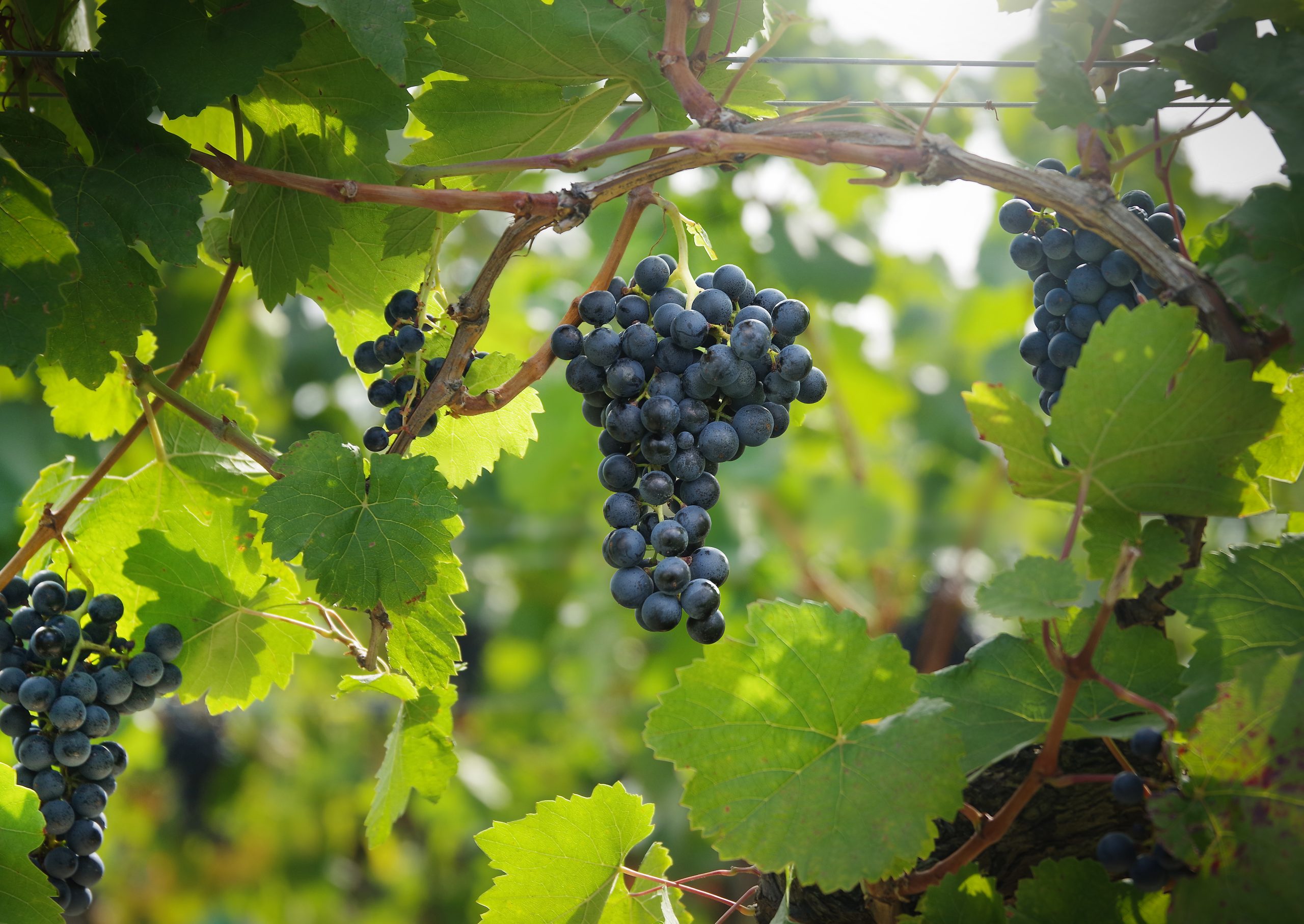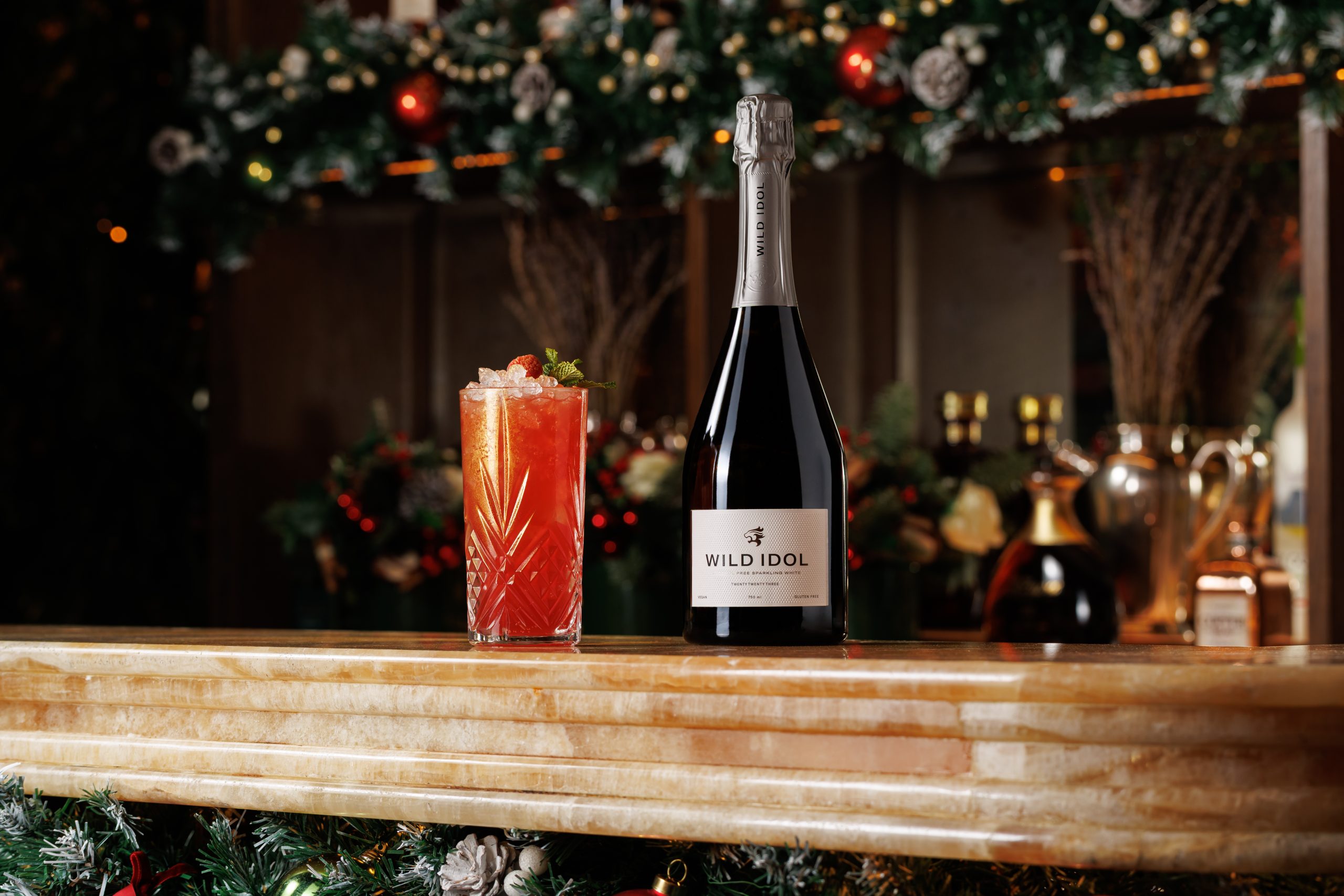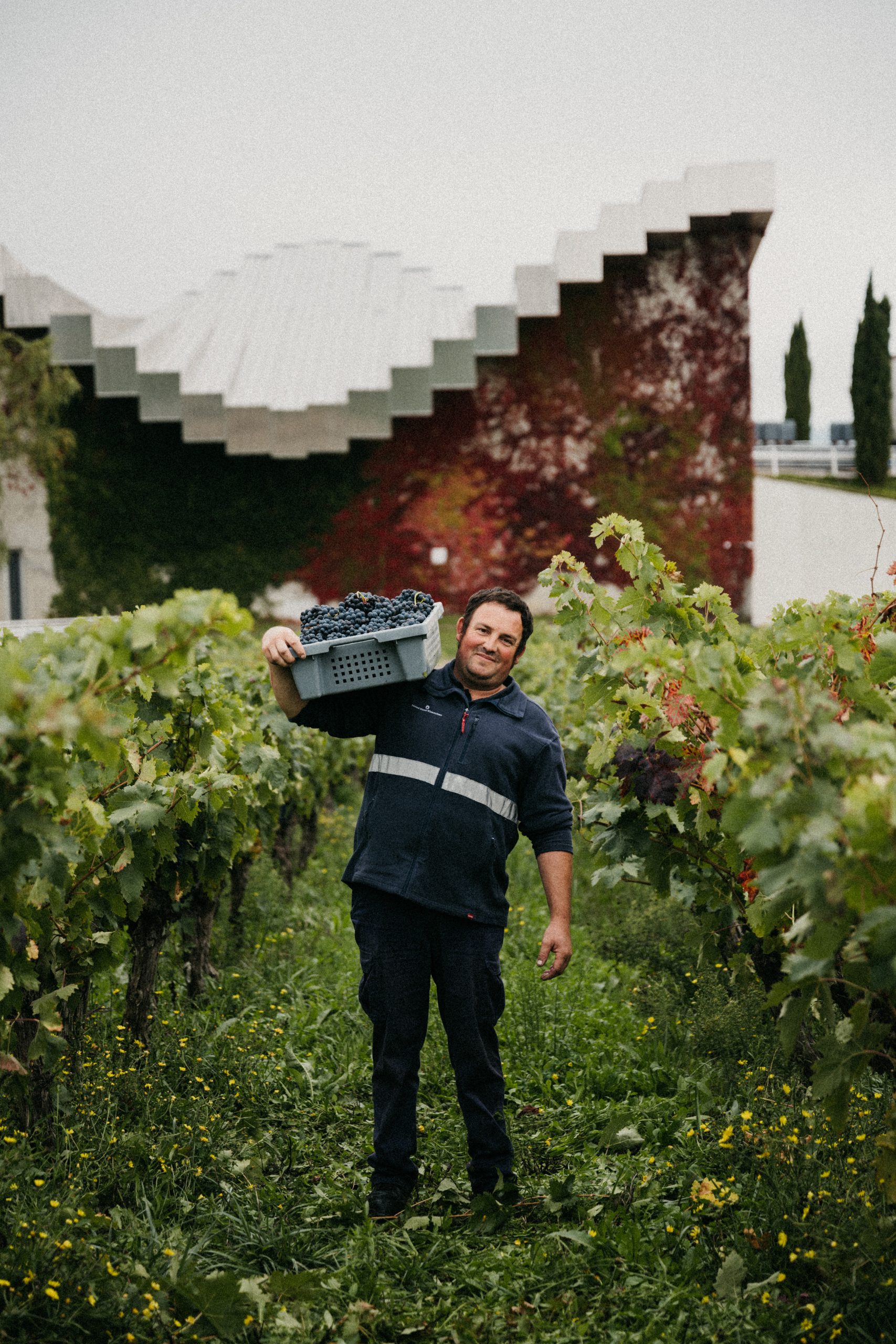Survey exposes unprecedented change in wine retailing
A massive upheaval is occurring in wine retailing due to emerging markets and technological advances, according to a study on distribution channels compiled by Wine Intelligence and commissioned by Vinexpo.
“There is unprecedented change in the retail landscape of wine,” stated Richard Halstead, CEO of Wine Intelligence, speaking at a presentation of the survey findings in London yesterday.
“This is partly driven by economic upheaval in the West, but also by the increasing number of wealthy and aspirational people in Asia and, mixed in with this, the change in technology,” he added.
In particular, he stressed the impact of the internet. “E-commerce is touching the world of wine and it is arguably more influential in wine today than it ever has been before.”
Speaking to the drinks business after the presentation, Halstead said that current trends were favouring either supermarkets or specialist wine retailers, continuing a market polarisation already witnessed in the UK.
Above all, he said that those with a strong online offering were benefitting the most, although he warned that getting the right quantity and quality of wine-related information to consumers was a “challenge”.
“The winners of the next five to seven years are those that deploy an information feed that is just enough,” he commented, suggesting that supermarkets will develop their own QR codes linked to a level of wine information deemed suitable for their customers – rather than relying on individual brand owners to do it for their own products.
Halstead also said that the UK has the highest volume of internet wine sales in Europe, and predicted a 26% growth rate in the number of UK consumers using the online sales channel over the next seven years to 2020.
Meanwhile it is expected that the number of UK shoppers using convenience stores and corner shops will decline over the next seven years, while the supermarkets will retain, if not grow their share of the wine market.
Attesting to the dominance of multiple grocers in Britain, 96% of those questioned by Wine Intelligence in the UK said they buy wine in supermarkets, compared with 90% for The Netherlands, 84% for Spain, 77% for Belgium and 58% for the US.
“70-80% of all wine is sold through supermarkets in the UK,” said Halstead, “and because they have such a big in-store base of customers they won’t lose.”
However, he said that online wine specialists were “siphoning off more engaged consumers”.
Describing internet-only wine retailers as “a niche business for those that care a little bit more about their purchase,” he noted a rapid rate of change in terms of retailing techniques in the US in particular.
“Because new consumers – the millennial generation – have come into the wine market and they are technologically savvy, retailers are making a human connection using technology.”
He also stressed the importance of the internet for Asia’s fast developing wine scene.
“In China – as well as Japan – you risk losing face if you choose the wrong bottle, so consumers need a lot of information, which is why the internet and press are so important.”
In terms of the numbers consuming imported wine in China, Halstead estimated a current market of 20-25 million people who he described as the “new elite”.
Such people are “comfortable” with internet wine retailing, comparing the situation to UK drinkers, “who have grown up with buying wine in shops.”
Looking ahead, Halstead predicted that half of China’s imported wine consumers will have bought something online in 2020, up from 27% at the moment.
“We are at the beginning of a big wave,” he said. “There is a large chunk of people coming into their 20s and 30s who see wine and other cultural goods from the West as a way of defining themselves as different from their parents’ generation.”
Finally, turning back to the UK, and its most successful wine retailers – the supermarkets – Halstead told db, “The UK wine aisles are under pressure… there are plenty of other goods that could expand into wine’s space and deliver a higher margin.”
During the presentation Halstead also identified five main off-trade themes, which can be viewed over the following pages.
1. Risk reduction
Described as “reassuring consumers to facilitate more confident purchase decisions”, Halstead showed how, as part of the “risk reduction” theme, retailers are classifying wine by taste and type to assist shoppers.
Partner Content
“What we are seeing in the UK and other countries are systems of coding wine and therefore helping with consumers’ understanding of what wine is right for them based on the taste profile or taste indication.”
He also referred to “digital assistance” with the installation of kiosks giving wine recommendations, such as “Max le sommelier” in French retailers like Carrefour.
This electronic tool has 20,000 wines in its memory bank but will only recommend wines that the store actually stocks.
2. Connection
Retailers are “creating a deeper, emotional bond with consumers to build loyalty” explained Halstead, citing the growing use of QR codes and e-learning to maintain contact with customers.
“Mobile internet connections, Facebook and Twitter mean the opportunity to connect with consumers has grown by orders of magnitude,” he said.
“The new consumer can dive into a pool of information and learn about what they are buying – something that would have been impossible 15 years ago and hard to do 10 years ago.”
For example, Halstead said that the genesis of UK internet retailer Naked Wines, which offers customers the opportunity to watch their wine being made online, was reliant on the mobile internet.
He also cited US chain of wine warehouses called Total Wine & More, which contains kiosks offering wine recommendations. It also plans to hold virtual tastings filmed live from a producer’s vineyard which will be shown in the retail brand’s 100 stores.
3. Theatre
“In principle one of the oldest retailing tricks in the book, this is about making the selling space a place you want to be,” said Halstead of his third off-trade theme, “theatre”.
But while historically it was the retailer him or herself which created the stimulus, today it is often a self-service offer which attracts shoppers, according to Halstead.
Referring to London-based retailers such as Vagabond Wines or The Sampler, which are lined with Enomatic wine sampling machines, he said London was the centre of this self-service retailing revolution.
He also said that “wine is the hero”, noting the beautiful wine displays in new stores like fine wine retailer Hedonism Wines in London’s Mayfair.
As a further part of this trend he identified “channel convergence” in which wine shops are becoming wine bars too, citing the success of Just Grapes in Shanghai, which allows shoppers to drink wine on or off the premises.
“You can take the wine home or enjoy what you’ve just bought in a theatrical space,” he said.
4. New selling models
According to Halstead, this emerging off-trade theme is built principally online and concerns the use of technology to change the purchase process.
Halstead recorded the development of flash sales sites for wine as well as the growing use of the Click & Drive collection service among French supermarkets.
It can be “stripped down to keep the price low”, or “wine as an experience”, he said, referring to the different uses of new technology to facilitate retailing.
As an example of a “new selling model”, he drew attention to German online flash sale site called Wine in Black, which has a limited range but gives plenty of online detail about each wine, and as many as 21 different picture files for each sku.
5. Ultra niche
Halstead’s final theme highlighted the development of specialist retailers which focus on a very narrow area of wine.
“It may be an origin niche, for example a retailer which only sells Champagne, or just Italian wine, or it could be a product niche, for example, there is a shop in France [called VinoMania] which only sells bag in box.”




